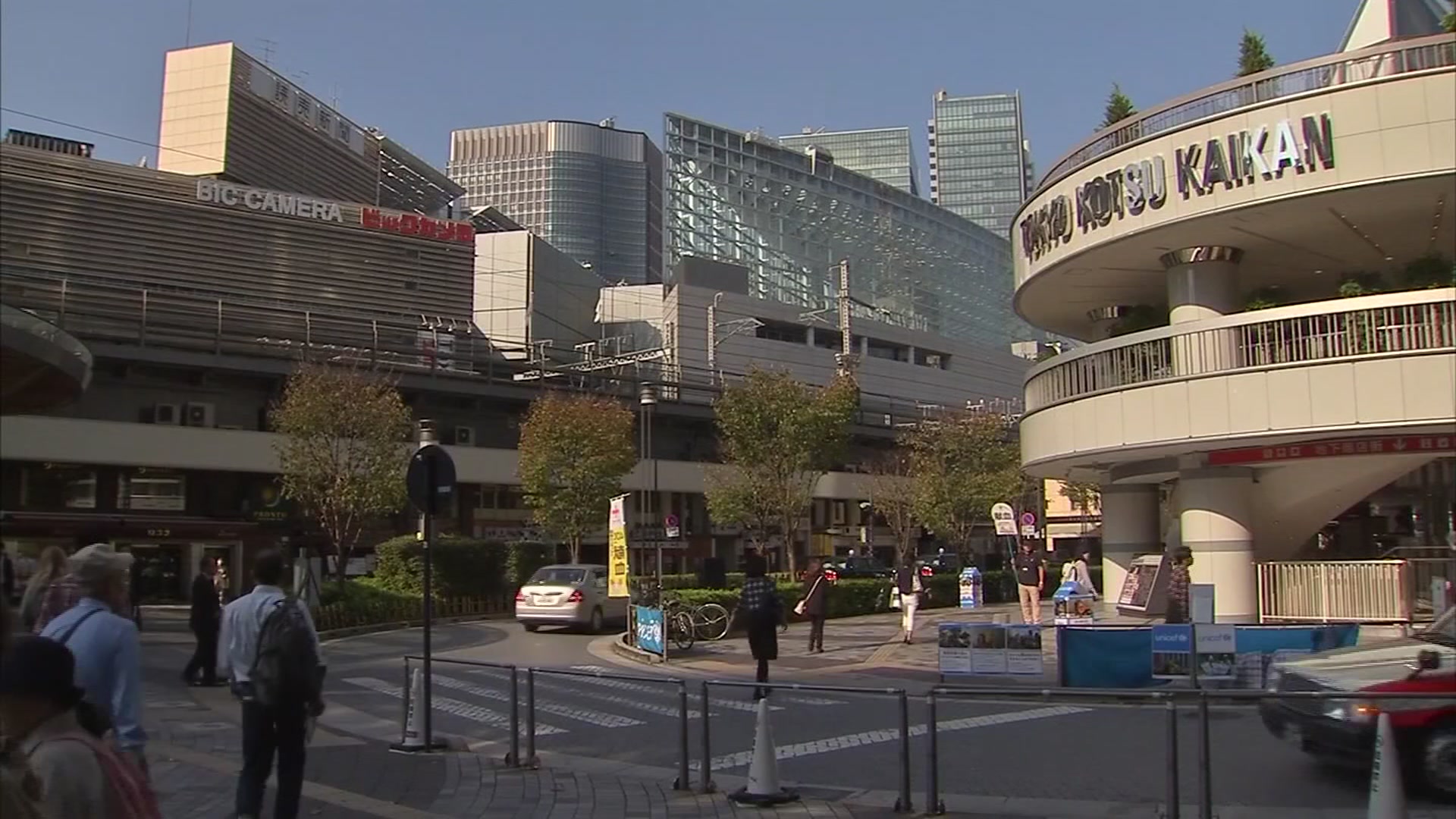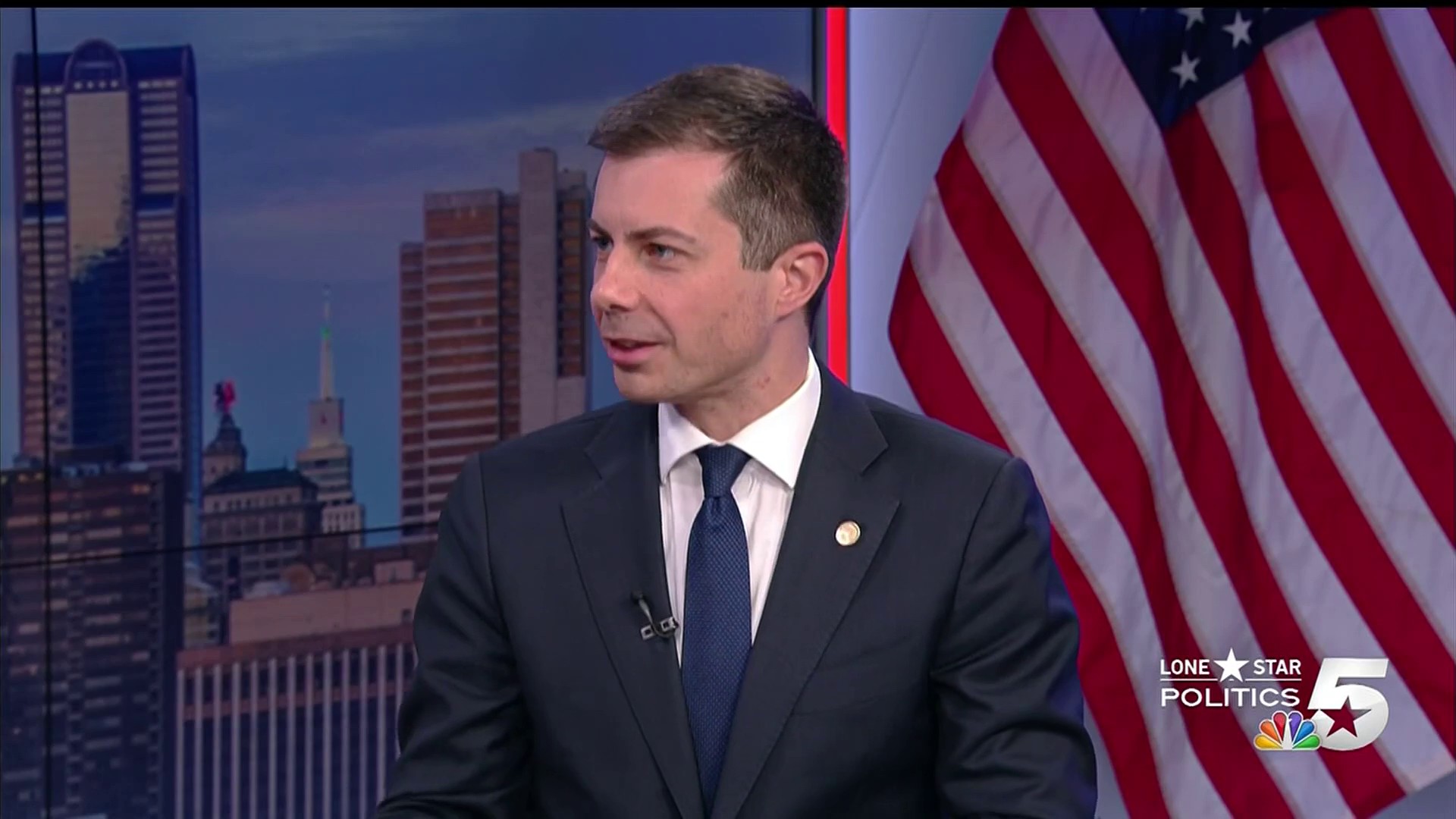A delegation of Dallas city leaders returned to North Texas late Tuesday from a week-long, taxpayer-financed trip to Japan to gain firsthand experience with how high-speed rail could play a role in the development of the city’s new convention center.
Before boarding a flight from Tokyo, Japan, back to Dallas-Fort Worth International Airport, Dallas City Councilmembers Gay Donnell Willis and Adam Bazaldua spoke to NBC 5 aboard the Shinkansen, the Japanese word for the high-speed rail system connecting its largest cities.
“We're actually adjacent to Mount Fuji coming from Western Japan back towards East Japan in Tokyo,” Bazaldua said.
Seven other city officials joined the council members on a 212-mile trip between Nagoya and Tokyo, which took 90 minutes at 185 mph.
Get top local stories in DFW delivered to you every morning. Sign up for NBC DFW's News Headlines newsletter.
It’s the same speedy commute Texas Gov. Greg Abbott completed during an economic development trip to East Asia in July.
In their only interview during the trip, Willis and Bazaldua shared their experiences with high-speed rail and the potential to bring the technology used for six decades in Japan to Texas.
Amtrak already has approval for a high-speed rail station in The Cedars, where a planned Houston-to-Dallas bullet train would arrive. The station would connect to the new Kay Bailey Hutchison Convention Center, which broke ground earlier this summer.
An itinerary shared by interim city manager Kimberly Bizor Tolbert with the City Council on Nov. 4 detailed the delegation, which included four Dallas City Council members and two assistant managers, along with a list of scheduled meetings with Japanese government officials.
The itinerary included five five-night hotel stays, split between four nights in Tokyo and one in Nagoya.
The city’s Convention and Event Services Department paid for the trip through funds that can only be used for projects and activities within that department and “cannot be used for other City of Dallas purposes,” according to the memo.
“The return on the investment when we're talking about several thousand dollars to travel to continue to strengthen relationships to see a project of this magnitude, the impact that that has on a $30 billion project, one that is going to grow the economy of the fourth (DFW) and fifth (Houston) largest regions of the entire country, are things that we have to be serious about,” Bazaldua said.
Willis said the value of the trip was reflected in a question asked Tuesday during a meeting with the leader of Aichi Prefecture. A prefecture is similar to a county in Texas.
“One question we asked was about who's coming to visit and how frequently they're visiting and we found out that Dallas is behind,” Willis said. “So, there are other Texas cities that are visiting at least once a year that are hosting delegations more frequently and understanding the personal relationship aspect of this that a Zoom call, a phone call, an email doesn't get it done.”
Michael Morris heads up the North Central Texas Council of Governments, which handles regional long-range planning.
He told NBC 5 this week he sees a correlation between the ongoing work to develop a high-speed rail corridor in the U.S. now and the development of the interstate highway system in the mid-20th century.
“How do you layer high-speed rail into a system just like the people before us layered an interstate highway system,” Morris said. “That’s what we have to figure out.”
“I couldn't be happier that they (Dallas officials) would go and take the time and see it firsthand," Morris said.
Texas has had start-and-stops with high-speed rail for decades, but high costs and landowner opposition between Dallas and Houston have slowed momentum.
“Both the East and West Coast have tried to get this done and they haven’t delivered,” Bazaldua said. “And this is our opportunity to show that everything is bigger in Texas, and we’re going to see this project to fruition.”




